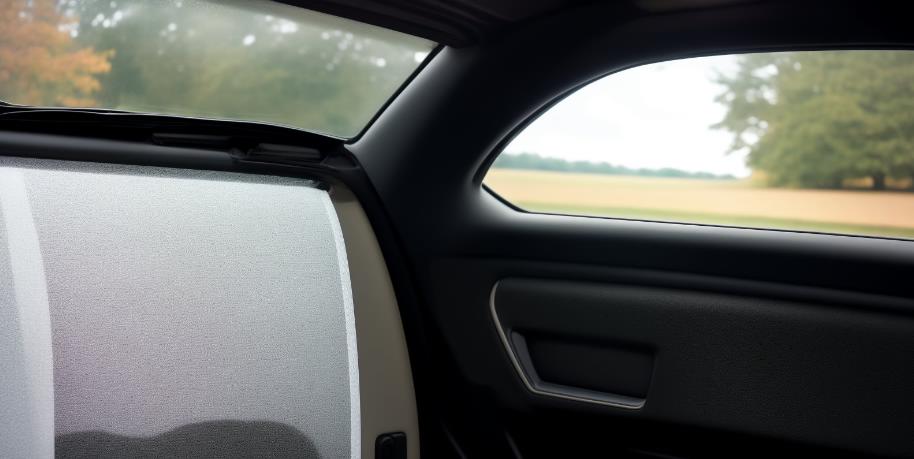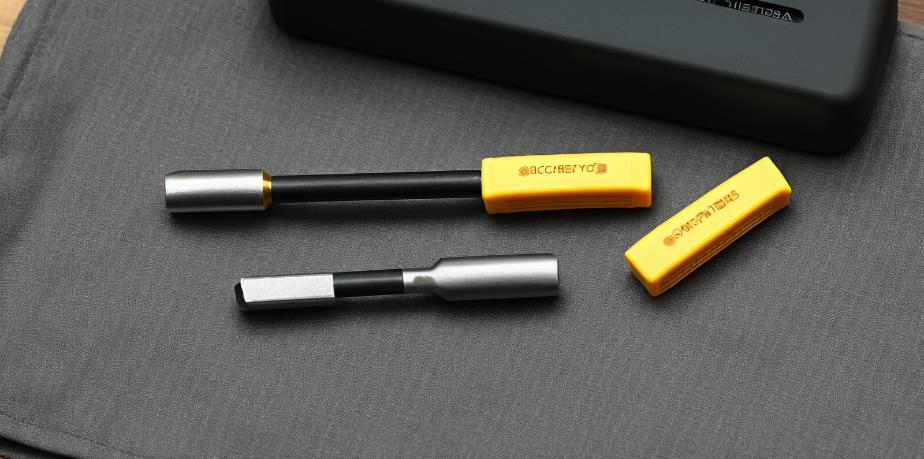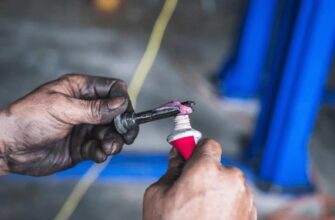The high-pitched squeak of a car window can make even the shortest drive feel unbearable. Fortunately, with some detective work and basic maintenance, you can banish annoying window squeaks for good. This comprehensive guide will walk you through the entire process step-by-step.

Whether you’re a DIYer or need to prep your car for a professional mechanic, these tips will help you pinpoint the cause, troubleshoot common issues, and remedy squeaky windows for the long haul. Let’s get started!
Key Takeaways:
- Identify if the noise is coming from the window itself or surrounding components
- Thoroughly clean window tracks and lubricate with silicone or Teflon spray
- Inspect weather stripping for damage and lubricate with silicone
- Check and tighten any loose regulator or hardware components
- Apply rubber conditioner to windows seals and gaskets
- Replace damaged or worn parts like regulators and weather stripping
- Maintain windows to prevent squeaks through regular cleaning and lubrication
What’s Causing the Squeak? Diagnosing the Source
The first step is finding out where exactly that vexing squeak is originating. Take time to listen closely and systematically eliminate components until you isolate the issue.
Roll Up and Down to Pinpoint the Location
With the engine turned off, manually roll the window all the way up and down several times. Focus your attention on where the squeak occurs as the window moves. Take note if the noise happens:
- Near the top of the window
- At the bottom
- In the middle
- Along the entire track
This will narrow down whether the source is the window itself, the surrounding weather stripping, or hardware.
Check Surrounding Seals and Trims
Don’t assume the noise is the window itself. Problems with surrounding trims, seals, and weather stripping are common culprits.
With the window in various positions, use your fingers to press along each seal, paying attention to any squeaking. Look for signs of deterioration like cracking or bunching. Spray or apply silicone lubricant to trim and seal contact points while moving the window to isolate issues.
Isolate the Hardware
Wind your window through its full range of motion while observing the window regulator mechanism. Look for any loose or vibrating hardware components. Remove interior trim panels if needed to get a better look at the inner workings.
Recreate the squeaking noise by applying pressure along suspect hardware or moving components by hand. This helps determine if worn regulator rollers, loose bolts, or other parts are the cause.
Check Both Windows
Don’t forget to diagnose both the driver and passenger windows! A squeak in one often means the other side has issues too. Taking the time to inspect both prevents overlooking a potential problem spot.
Step-by-Step Troubleshooting for Common Squeak Causes
Once you’ve identified the general location of the squeak, you can dive into troubleshooting and applying fixes. Here are solutions for the most common root causes of squeaky car windows:
Lubricating Dry Window Tracks
Window tracks frequently accumulate dirt and debris which can lead to dry operation and squeaking. Thorough cleaning and lubrication of the window regulator tracks is often the easiest fix:
What You’ll Need:
- Silicone-based lubricant or dry Teflon spray
- Clean rags
- Soft brush or cotton swabs
Steps:
- Roll down the window completely and clean all accessible track surfaces with a rag. Use a brush or cotton swab to dislodge built-up debris in hard to reach spots.
- Apply a silicone or Teflon-based lubricant along the entire vertical track in both the door frame and window regulator rails. Spray lubricant onto a rag and wipe onto surfaces for easy application.
- Roll the window up and down several times to distribute the lubricant evenly.
- Wipe any drips or overspray with a clean rag.
Regular lubrication every 6 months or so will keep tracks operating smoothly and silently. This quick fix solves many minor window squeaks!
Lubricating and Replacing Weatherstripping
Your window’s weatherstripping seals play a vital role in silencing outside noise and preventing rattles. But over time, weatherstripping can wear out, dry up, or tear, leading to persistent squeaks.
What You’ll Need:
- Silicone-based lubricant
- Rubber conditioner
- Replacement automotive weatherstripping (if replacing)
Steps:
- Inspect the upper and lower window weatherstripping for any cracking, bunching, or gaps.
- Spray a silicone lubricant along the full length of both weatherstrips while moving the window up and down. This works it into contact points.
- For a more intensive treatment, apply a rubber conditioner to the seals per the product instructions. This rejuvenates dried out rubber.
- If weatherstripping is badly cracked or torn, purchase automotive replacement seals cut to fit your specific car model. Watch online videos to learn proper window seal replacement procedures.

Proper lubrication and conditioning preserves your window seals, while prompt replacement of damaged parts will get rid of persistent squeaks. Perform this maintenance at least annually.
Tightening Loose Window Components
The bolts, screws, and moving parts that comprise your window regulator assembly also commonly loosen over time. This can lead to squeaking or rattling noises when windows are operated.
What You’ll Need:
- Flashlight
- Socket wrenches
- Screwdrivers
- Vehicle repair manual

Steps:
- Remove necessary interior door trim components to access the regulator mechanism. Consult your vehicle repair guide for model-specific procedures.
- Visually inspect for any loose hardware, paying attention to loosened bolts around the window mechanism.
- Use screwdrivers or socket wrenches to tighten any loose screws or bolts. Take care not to over-tighten.
- Check that the window regulator rollers move smoothly along their tracks without excess play. Tighten mounts if needed.
- Operate the window several times to test for noise. Further tighten components that wiggle or rattle.
- Reinstall interior door trim panels once complete.
Periodically checking and tightening hardware ensures your window mechanism operates quietly and reliably. Include this in your regular window lubrication routine.
Replacing Worn-Out Window Components
Squeaks can occasionally point to worn-out window parts in need of replacement. Some common components that degrade over time include:
- Window regulators: Regulators contain moving parts that can wear out over years of use. Signs of a failing regulator include grinding noises, sticking, or significant play in the window movement.
- Plastic/nylon gearing: Many regulators incorporate small plastic or nylon gears. These are prone to cracking or stripping after long-term use, causing squeaking and slippage.
- Weatherstripping: Stiff, cracked, or torn window weatherstripping requires replacement to maintain a good seal.
- Window run channels: These plastic channels can warp or deteriorate, leading to friction and squeaking during window operation.
- Window motors: Electric window motors eventually wear out, operating more slowly or loudly before failing.
Replacement procedures vary by part and vehicle make. Window regulators in particular require careful removal and installation. Consult repair manuals or enlist a professional to replace these components if DIY repairs are beyond your comfort level.
Addressing damaged or severely worn window components is key to permanently resolving stubborn squeaks. Don’t ignore major issues that lubrication and cleaning can’t fix.
Additional Window Squeak Fixes
Along with the major troubleshooting steps outlined above, a few additional quick tips can help quiet a noisy window:
- Adjust glass: Make sure the window glass sits snugly in the weatherstripping when fully closed. Looseness here allows vibration and squeaking. Carefully adjust the glass alignment if needed.
- Clean debris: Use tweezers or a vacuum crevice tool to extract any small pebbles, leaves, or other debris trapped in window seals. This debris can vibrate while driving and cause annoying rattles.
- Apply rubber protectant: Treating rubber gaskets and seals with a rubber protectant or conditioner helps keep them pliable and reduces friction. Reapply protectant every 6 months.
- Adjust regulator: Wind the window to different up positions and gently flex the regulator assembly to seat it firmly in place. This simple trick can re-align components causing noise.
- Add window insulation: For persistent wind noise around windows, apply automotive window insulation kits to the seals and trim for an added noise dampening barrier.
Don’t overlook these supplemental steps when trying to solve your car’s window squeaks or rattles.
Preventing Future Window Squeaks
Window squeaks have a pesky way of coming back after a while if underlying
problems aren’t addressed. Here are some tips for maintaining your car windows to prevent recurring issues:
Clean Tracks and Lube Every 6 Months
Get in the habit of thoroughly cleaning window tracks and applying lubricant at least twice a year. Keep door drains clear to prevent dirt buildup. Lubricating well before the onset of extreme cold or heat helps minimize weather-related squeaks.
Inspect Seals and Weatherstripping
When washing your car, take time to carefully examine the condition of window seals and weatherstripping. Look for any new cracking or gaps and re-apply rubber protectant. Promptly replace severely damaged weatherstripping to maintain the seal.
Address Moisture Issues
Excess moisture and grime in the door can lead to premature wear of window components. Ensure proper door drain operation, seal any water leaks, and detail the door interior to prevent buildup of dirt.
Listen for Early Signs of Trouble
Make a point to operate windows regularly and listen for any new noises. Addressing squeaks quickly before they get worse saves hassle down the road.
Consider Professional Lubrication
DIY lubrication can be messy and difficult to fully access all window tracks. Having a mechanic lubricate your windows every 1-2 years ensures hard-to-reach areas stay quiet.
Practice Gentle Window Operation
Avoid slamming windows open and shut. Rapid or forceful window operation can damage regulators and other components, leading to premature wear and squeaking down the road.
Staying vigilant with preventative maintenance keeps your car windows operating smoothly for the long run. With some patience and regular TLC, you can get rid of annoying window squeaks for good.
Frequently Asked Questions
Still have some lingering questions about remedying squeaky car windows? Here are answers to some commonly asked questions:
What if lubricating the tracks doesn’t help?
If lubricating the window tracks doesn’t cure the squeak, the issue likely lies with worn weatherstripping or hardware components. Thoroughly inspect seals, bolts, and moving parts of the regulator mechanism before lubricating again. Deteriorated weatherstripping or loose regulator bolts are common underlying issues behind stubborn squeaks.
What lubricant is best for car windows?
Use a high quality silicone-based lubricant designed specifically for auto windows. Silicone allows smooth window operation across a wide temperature range without drying out or becoming sticky. Stay away from WD-40 or general lubricating oils which can attract more dirt. Sprays like DuPont Teflon Non-Stick Dry Film spray also work well for the tracks.
How do I lubricate window tracks if I can’t access them all?
Attaching a slender nozzle or tube to your lubricant bottle lets you reach into hard-to-access nooks. Try using cotton swabs, small brushes, or even zip ties to work lubricant further into the channels. While you may not reach the entire track, lubricating the accessible areas will cut down on an overall squeak. For the best coverage, have a mechanic lubricate the windows.
What if the noise is coming from the top of the window?
Squeaks at the very top of the window generally mean worn roof sealing where the window slots into the door frame. Try lubricating the upper window seals and weatherstripping thoroughly. If this doesn’t work, damaged weatherstripping may need replacement to stop the noise.
Why does my power window make noise going up but not down?
This usually indicates worn pieces within the window regulator. When going up, there is increased pressure on internal components which can highlight looseness or wear. Try thoroughly cleaning and lubricating the regulator system, tightening hardware, and checking for binding rollers or worn regulator cables.
The window makes noise when it’s closed – what now?
If the window rubber seals are in good shape, closed window squeaks point to an alignment issue with the glass itself. Try slightly lowering the window and adjusting the glass to sit evenly in the weatherstripping before closing again. A loose windowglass fit in the seals is a common reason for closed window noise.
Can I use regular household lubricants on car windows?
Avoid household oils, greases, or lubricants not designed for automotive use. Products like WD-40, cooking spray, and general lubricating oils collect debris which creates more friction and squeaking. Stick to silicone-based lubricants or dry sprays made specifically for car windows and rubber seals.
Regular window maintenance and addressing damaged components at the first sign of squeaks will keep your car quiet. With some troubleshooting and elbow grease, you can get those pesky car window squeaks silenced for good!








